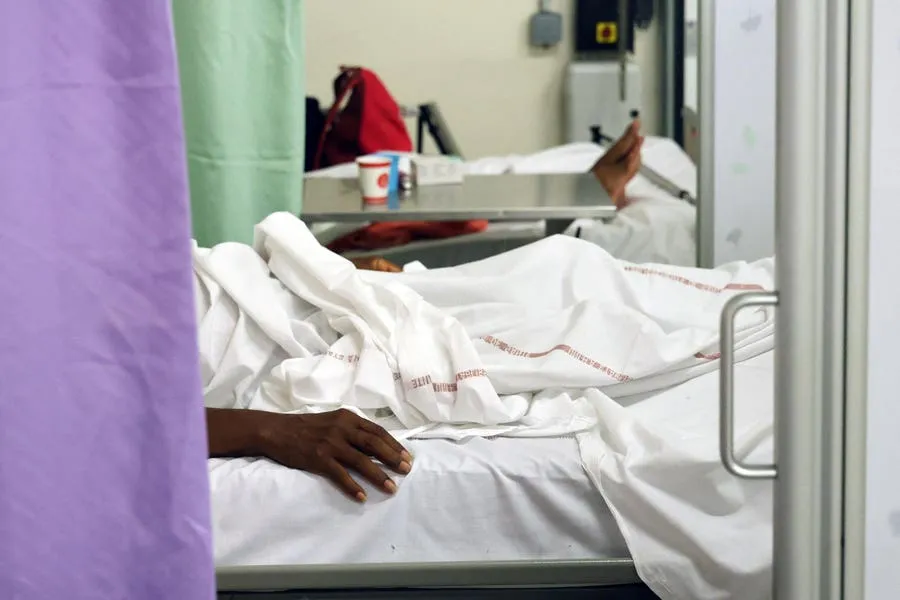Forbes contributors publish independent expert analyses and insights.
New York health officials recently confirmed the state's first locally-acquired case of chikungunya virus, marking the first such case in the United States since 2019. The case, identified in Nassau County on Long Island, signals that mosquitoes capable of transmitting this virus may now be present in the region.
Chikungunya is a viral disease caused by chikungunya virus (CHIKV), which is transmitted to humans through the bite of an infected mosquito. The virus is most common in Africa, Asia, India and South America, but has now been reported in more than sixty countries worldwide. The primary vectors are Aedes aegypti and Aedes albopictus mosquitoes -- the same species that spread dengue and Zika viruses. These mosquitoes are most active during daylight hours, particularly in the early morning and late afternoon.
The virus is not transmitted directly from person-to-person through casual contact. Instead, transmission requires a mosquito to bite an infected person and then bite another person, passing the virus along. The name "chikungunya" comes from a word in the Kimakonde language meaning "to become contorted" or "stooped walk," referring to the bent posture of people suffering from severe joint pain associated with the disease.
Most people infected with chikungunya virus develop symptoms, typically appearing three to seven days after being bitten by an infected mosquito. The hallmark symptoms include sudden onset of high fever and severe joint pain, which can be severe. The joint pain most commonly affects the hands, wrists, ankles, and feet, and often affect both sides of the body.
Other symptoms can include a headache, muscle pain, joint swelling, and a rash. While most patients recover within a week, some individuals experience persistent joint pain that can last for months or even years, significantly impacting their quality of life. The acute phase of illness rarely results in death, but the virus poses greater risks to certain groups, including newborns exposed during delivery, adults over the age of 65 and people with underlying medical conditions such as high blood pressure, diabetes or heart disease.
Diagnosing chikungunya can be challenging because its symptoms overlap with other mosquito-borne diseases like dengue and Zika. Healthcare providers diagnose the infection through laboratory testing of blood samples. During the first week of illness, the viral RNA can be detected using reverse transcription-polymerase chain reaction (RT-PCR) tests. After the first week, serological tests that detect antibodies against the virus become more useful.
If you develop symptoms after traveling to an area where chikungunya is common, or if you live in an area with known transmission, inform your healthcare provider about your potential exposure. This information helps guide appropriate testing and diagnosis.
Currently, there is no specific antiviral treatment or vaccine for chikungunya. Treatment is supportive and focuses on relieving symptoms. Patients are advised to get plenty of rest, drink fluids to prevent dehydration, and take medications such as acetaminophen (Tylenol) to reduce fever and pain.
Aspirin and non-steroidal anti-inflammatory drugs (e.g., ibuprofen) should be avoided until dengue infection is ruled out, as these medications can increase the risk of bleeding in dengue patients. Once dengue is excluded, NSAIDs may be used to help manage joint pain and inflammation caused by Chikungunya virus.
Since there is no vaccine against Chikungunya virus, prevention focuses on avoiding mosquito bites and eliminating mosquito breeding sites:
With climate change expanding the range of disease-carrying mosquitoes, vigilance and preventive measures are increasingly important. The recent case of Chikungunya virus in New York highlights that diseases once thought to be limited to tropical regions may increase in prevalence in the United States.
